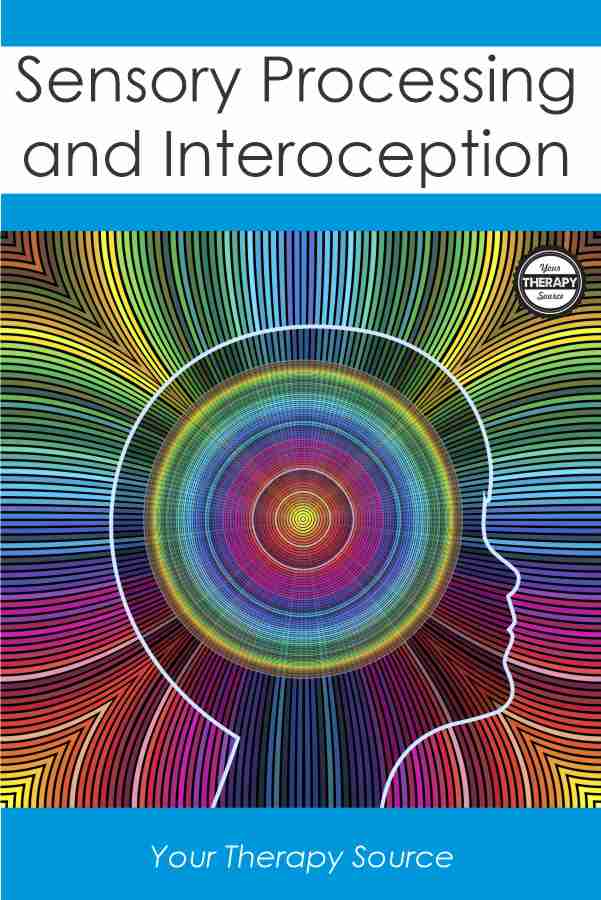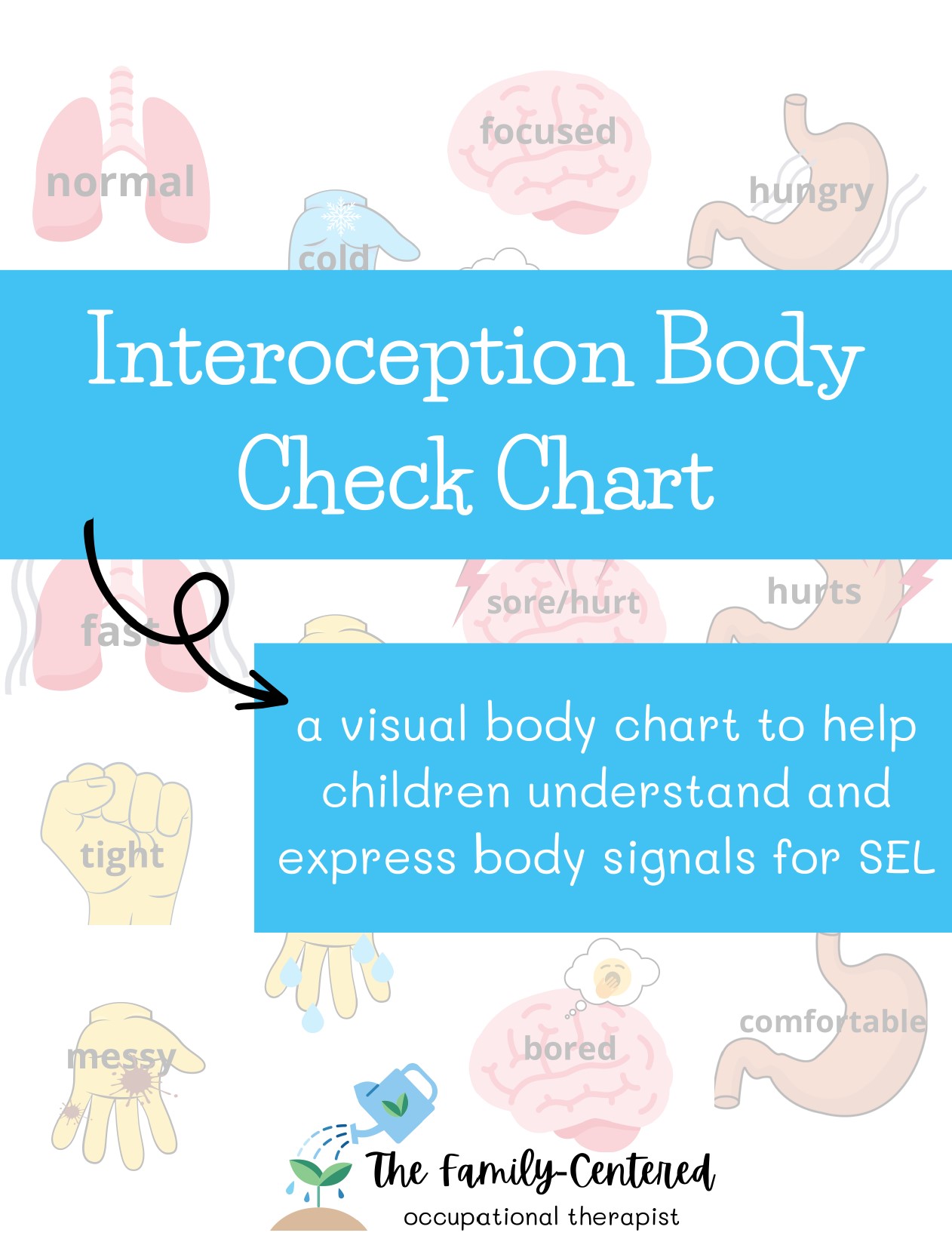Sensory Processing and Interoception

Sensory processing and interoception, two critical aspects of human physiology and cognitive perception, play significant roles in children’s development. Sensory processing pertains to the way the nervous system receives, organizes, and interprets information from our senses. It is fundamental for children to interact with their environment and learn from it effectively. On the other hand, interoception refers to the sensing, interpretation, and integration of signals originating from within the body, contributing to feelings of physical states, emotions, and self-awareness.
Both sensory processing and interoception interact to shape a child’s perception and understanding of their environment and internal bodily state. Understanding the relationship between these two phenomena could yield valuable insights into children’s cognitive and emotional development, provide clues to various developmental conditions, and offer new directions for therapeutic interventions. However, the relationship between children’s interoceptive awareness and sensory processing has to date received little attention in the empirical literature. A recent study investigated this under-researched area by exploring the association between these two critical factors in neurotypical school-aged children.
METHODOLOGY OF THE STUDY ON SENSORY PROCESSING AND INTEROCEPTION
This study was a preliminary, non-experimental exploration conducted at a single point in time. Thirty three child-parent pairs were recruited for participation, setting the criteria for parents as knowledge about the child’s daily activities, English language skills, and consent for participation. The children included were aged 8 to 12 years, neurotypical, and gave their consent to participate.
The parents completed a demographic questionnaire and the Sensory Processing Measure (SPM-2) to gather data on the child’s sensory processing. The SPM-2 questionnaire asks 80 questions related to eight domains of sensory processing such as vision, hearing, touch, and social participation. The children filled out three self-report questionnaires to capture their interoceptive awareness: the Multidimensional Assessment of Interoceptive Awareness – Youth (MAIA-Y), the Three-Domain Interoceptive Sensations Questionnaire (THISQ), and the Interoceptive Awareness Questionnaire (IAQ). These questionnaires provided insights into various aspects of interoceptive awareness, such as neutral sensations and attention to unpleasant bodily sensations.
These questionnaires have been tested for reliability, and validity, and are found to be easy to read for the intended age group. They collectively helped capture a comprehensive view of the children’s sensory processing and interoceptive awareness.

Interoception Body Chart Check
RESULTS OF THE STUDY
Following data analysis, there was were significant correlations found between sensory processing and interoceptive awareness in this study:
- Attention Regulation with Vision and Touch: Attention regulation refers to the ability to focus, shift, and maintain attention on body sensations and emotions, a key aspect of interoceptive awareness. The correlation with vision and touch implies that children’s visual and tactile stimuli processing might influence their ability to regulate attention to their internal bodily sensations.
- Self-Regulation with Vision, Taste & Smell, and Social Participation: Self-regulation is the ability to manage and control one’s behavior, emotions, or thoughts, altering them in accordance with the demands of the situation. This study found a correlation between this ability and the processing of visual stimuli, taste, smell, and social participation. This suggests that children’s sensory processing related to these factors might be linked to their capacity for self-regulation.
- Body Listening with Touch, Taste & Smell, and Social Participation: Body listening refers to the awareness and responsiveness to internal body signals. The correlation with touch, taste & smell, and social participation suggests that these sensory processing factors might influence a child’s ability to tune into and respond to their body’s internal signals.
- Awareness of Neutral Bodily Sensations with Vision: Awareness of neutral bodily sensations refers to perceiving and understanding bodily sensations that are neither distinctly positive nor negative. The study found that children’s processing of visual stimuli could be linked to their awareness of these neutral sensations, indicating a potential influence of visual sensory processing on interoceptive awareness.
- Interoceptive Sensibility with Taste & Smell: Interoceptive sensibility refers to the reported awareness and perceived sensitivity to internal body sensations. This study found a correlation between children’s processing of taste and smell stimuli and their interoceptive sensibility, suggesting a potential role of these sensory processing abilities in shaping children’s interoceptive awareness.
CONCLUSION ON SENSORY PROCESSING AND INTEROCEPTION
This research discovered significant positive predictive relationships between these variables, suggesting that a child’s visual, taste, smell, and social stimuli processing could potentially predict interoceptive awareness aspects, such as attention regulation, self-regulation, and body listening.
For pediatric occupational therapists and physical therapists, these findings offer preliminary insights on the association between children’s sensory processing and their interoceptive awareness. However, it’s crucial to remember that the study is exploratory in nature with a small sample size, so the results are introductory and should be validated by further research. This research contributes to the evidence base in occupational therapy and can help inform therapy strategies targeting sensory processing and interoceptive awareness.
REFERENCE
Bishop, C., Brown, T., & Yu, M. L. (2023). The relationship between school-age children’s interoceptive awareness and executive functioning: An exploratory study. British Journal of Occupational Therapy, 86(2), 116-129.
RELATED POSTS
Autism and Sensory Processing Disorder
Sensory Processing and Executive Function Skills
Sensory Versus Behavior Checklist



